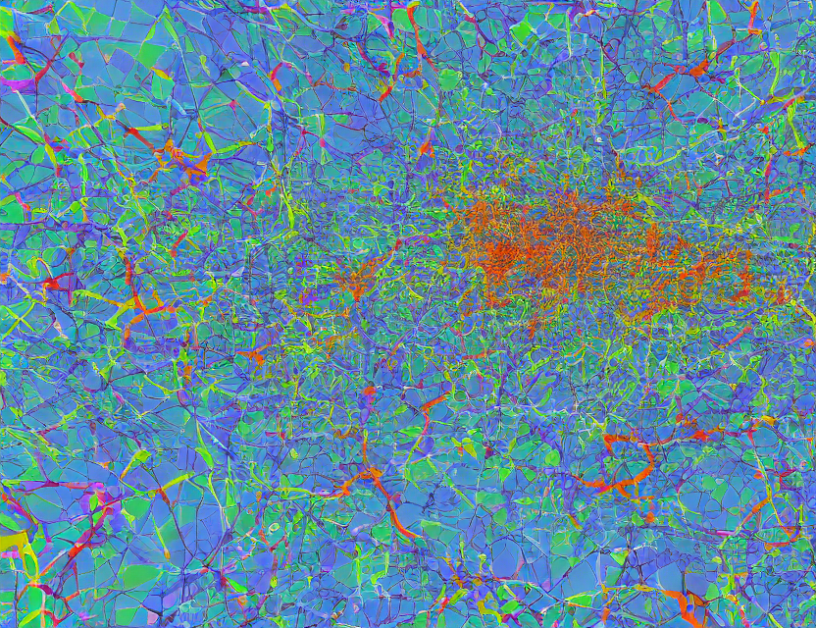In this article, we dive into the world of hyperparameters and preprocessing techniques for improving the performance of text models. By exploring these concepts and understanding their impact on model accuracy, we can craft more effective text models that better capture the nuances of language and context.
Hyperparameters: The Key to Optimization
Hyperparameters are parameters that are set before training a model, and they play a crucial role in determining the model’s behavior and performance. In the context of text modeling, hyperparameters such as dmin, mτ, αd, and αrnn can have a significant impact on the accuracy of the models. By tuning these hyperparameters using grid search on a development set, we can optimize the models for better performance.
Preprocessing: The Foundation of Text Modeling
Preprocessing is a crucial step in text modeling that involves cleaning and normalizing the text data before feeding it into the model. In this article, we discuss the importance of preprocessing and how it can impact the accuracy of the models. We explore various preprocessing techniques such as tokenization, punctuation removal, lowercasing, and word embedding, and how they can help improve the performance of the models.
Contextual Time-line Models: A Leap Forward in Text Modeling
To better exploit the contextual information in text data, we propose a new approach called Contextual Time-line Models (C-TLM). C-TLM combines the power of bi-directional recurrent neural networks with linear mappings to create a more accurate and robust model. By encoding the full text using two BiRNNs, one for entity starts and one for entity durations, we can capture the contextual information in the text more effectively.
Predicting Start, Duration, and End: A Unified Approach
In this article, we propose a unified approach to predicting start, duration, and end of entities in text data. By using linear mappings, we can calculate the start value and duration of an entity independently, and then combine them to obtain the entity’s end-point. This approach allows us to capture the complex relationships between entities and their context more accurately.
Conclusion: A New Era in Text Modeling
In conclusion, hyperparameters and preprocessing techniques play a critical role in improving the performance of text models. By understanding these concepts and implementing them effectively, we can create more accurate and robust models that better capture the nuances of language and context. The proposed Contextual Time-line Models offer a promising approach to text modeling, and we believe that they will pave the way for new breakthroughs in this field. As we continue to explore the possibilities of text modeling, we can unlock new insights and applications that will transform the way we interact with language and information.



